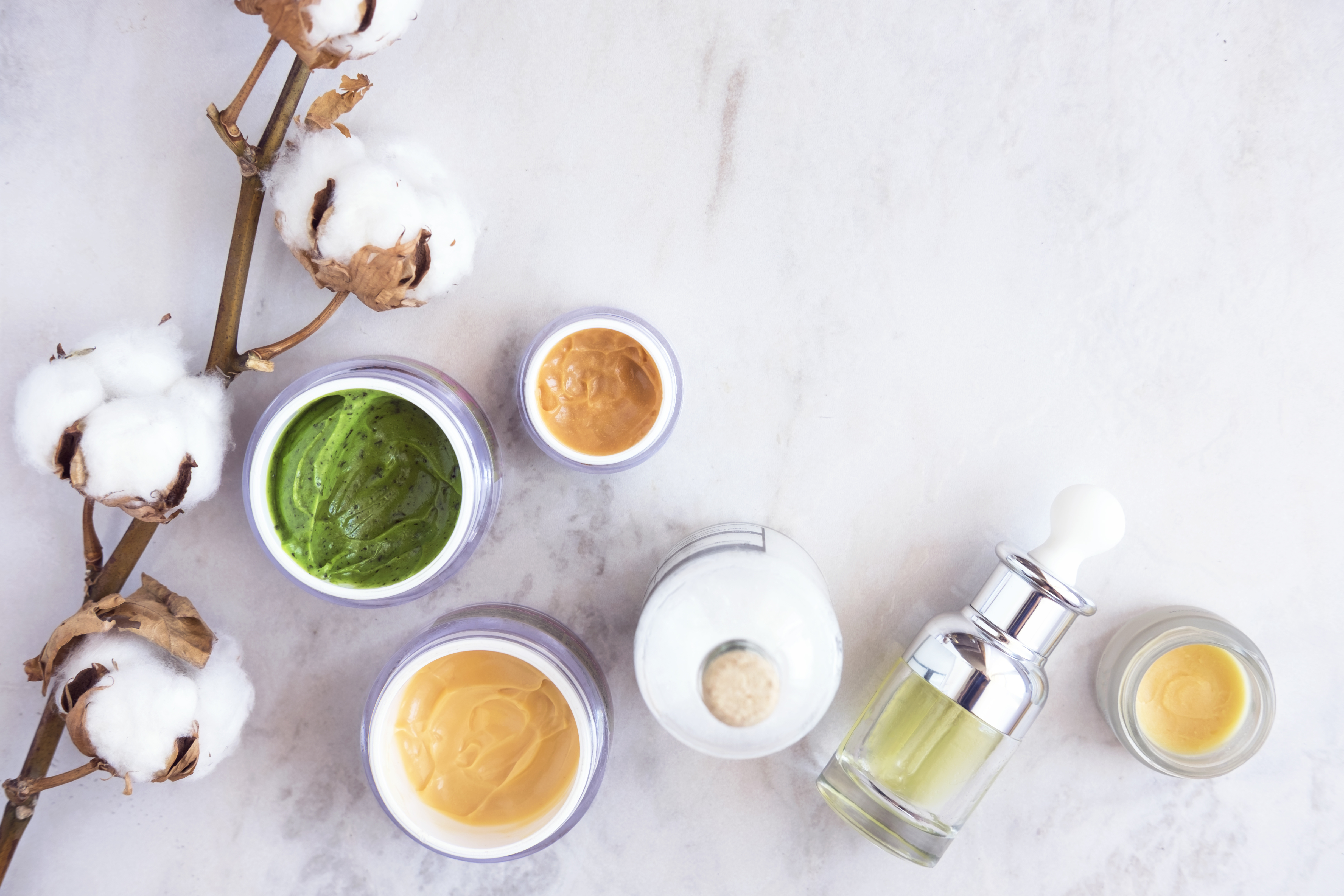Good for the skin?
Compounds within the species’ spiky fruits reduced damage from UVB exposure and sped wound healing in laboratory tests using cells and tissues. Extracts from the cocklebur appear to influence the production of collagen, which helps to give skin elasticity and prevents wrinkles.
“We found that cocklebur fruit has the potential to protect the skin and help enhance production of collagen,” said Eunsu Song, a doctoral candidate at Myongji University in South Korea, who conducted the research with Myongji University Professor Jinah Hwang. “In this regard, it could be an attractive ingredient for creams or other cosmetic forms. It will likely show a synergistic effect if it is mixed with other effective compounds, such as hyaluronic acid or retinoic acid, against aging.”
What is it?
Although native to Southern Europe, China, and Central Asia, the cocklebur is an invasive weed and has spread around the World. It can now be often found in moist or sandy areas such as roadside ditches and riverbanks. The fruits are distinctive, being covered in stiff husks and burrs which have been used in traditional medicines for centuries to help treat a range of conditions from headaches and stuffy noses, to disorders of skin pigmentation, tuberculosis-related illness, and rheumatoid arthritis.
Exploring the anti-aging potential
Recent research has been exploring the potential use in treatments for cancer and rheumatoid arthritis. This study examined the potential of treatments for skin protection and wound healing.
The researchers began by studying the molecular properties of cocklebur fruit extracts. Then they isolated compounds that could contribute to anti-aging antioxidant and anti-inflammatory effects. After identifying compounds, cell cultures and 3D tissue models similar to human skin were used to evaluate how the compounds affected collagen production, wound healing, and damage from UBA damage.
What they found
According to the researchers, the results showed that the cocklebur fruit extracts promoted collagen production, sped up wound healing, and exhibited a protective effect against UVB radiation. They presented their findings at Discover BMB, the Annual Meeting of the American Society for Biochemistry and Molecular Biology.
When comparing the bioactivity of fruits grown in different areas, cocklebur fruits grown in South Korea were found to have slightly higher levels of antioxidant and anti-inflammatory properties as well as greater wound-healing activity than those grown in China.
Findings come with a warning
Although these findings are promising the researchers caution that in high doses these extracts can be harmful, thus additional research is required to determine safe doses, and how to use it safely in cosmetic or pharmaceutical applications. The researchers plan to investigate the biological mechanisms involved and conduct further experiments to explore ways to safely adapt these extracts for use in cosmetic products.
“In its burrs, cocklebur fruit also has a toxic constituent, carboxyatractyloside, which can damage the liver,” said Song. “Cocklebur showed a potential as a cosmetic agent by increasing collagen synthesis; however, it showed negative results with higher concentrations. Therefore, finding the proper concentration seems very important and would be key to commercializing cocklebur fruit extracts in cosmetics.”
As with anything you read on the internet, this article should not be construed as medical advice; please talk to your doctor or primary care provider before changing your wellness routine. This article is not intended to provide a medical diagnosis, recommendation, treatment, or endorsement. Additionally, it is not intended to malign any religion, ethic group, club, organization, company, individual, or anyone or anything. These statements have not been evaluated by the Food and Drug Administration.
Content may be edited for style and length.
References/Sources/Materials provided by:
T.W. at WHN
https://www.asbmb.org/asbmb-today/science/032923/cocklebur-anti-aging-potential




